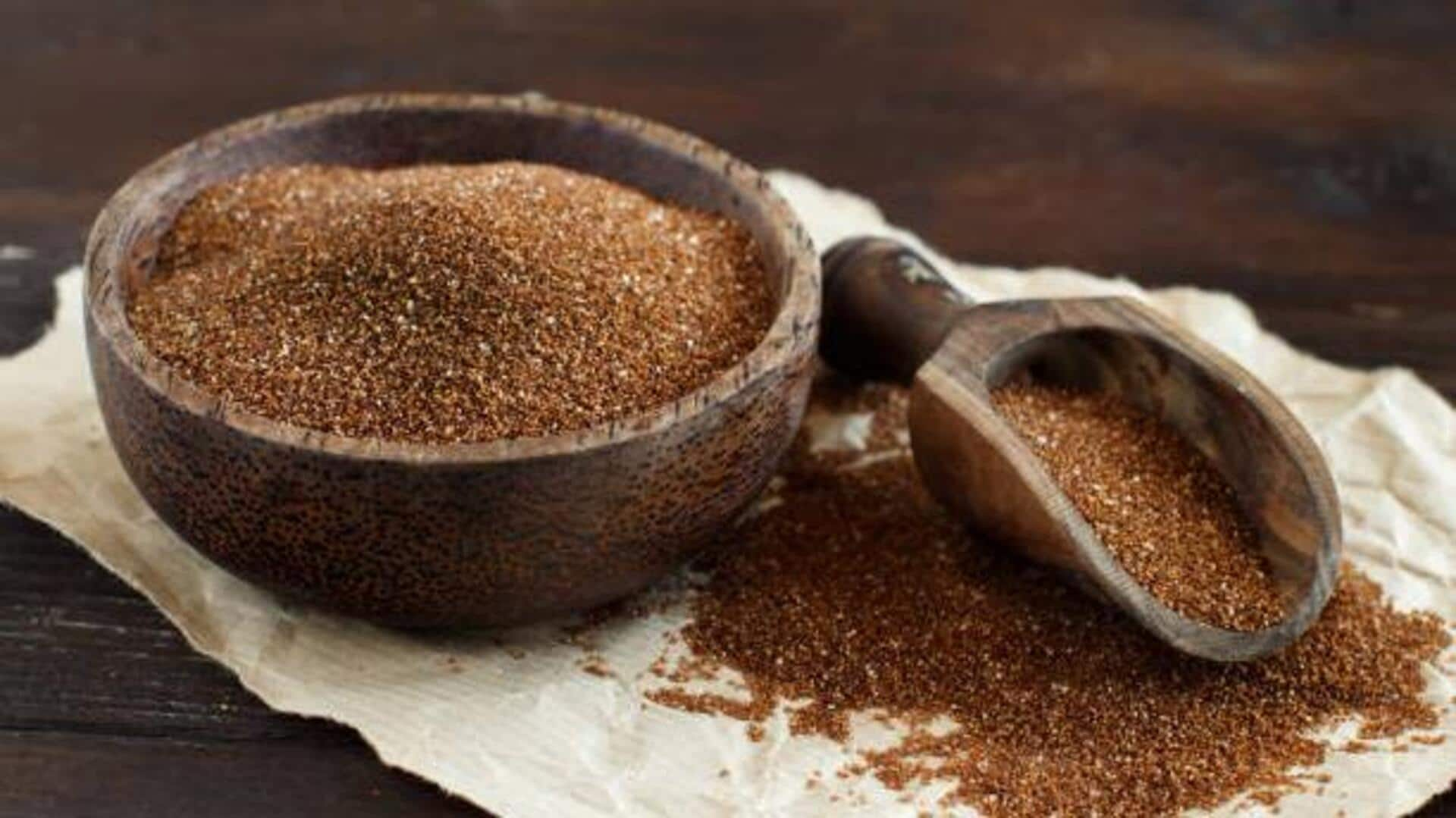
How teff is redefining healthy eating
What's the story
Teff, a tiny grain native to Ethiopia and Eritrea, is becoming the latest gluten-free superfood. Packed with nutrition, teff is high in protein, fiber, and essential minerals. An ancient grain, teff has been a staple in African diets for centuries and is now being adopted globally for its versatility and health benefits. As more people turn to gluten-free, teff makes for a perfect alternative.
Nutritional value
Nutritional powerhouse of teff
Teff is so packed with nutrients that it is a must-have in any diet. The grain is high in protein and fiber, which are necessary to keep your energy levels up and aid digestive health. From iron to calcium, teff is also rich in two minerals that are essential for bone health and oxygen transport in the body. Its low glycemic index makes it ideal for those controlling blood sugar levels.
Culinary uses
Versatility in cooking
Teff's versatility makes it suitable for a variety of culinary applications. It can be ground into flour to prepare bread or pancakes, or it can be cooked whole as a side dish like rice or quinoa. Its mild flavor goes well with sweet and savory dishes, making it the perfect ingredient to experiment with new recipes.
Health advantages
Health benefits beyond gluten-free
Beyond being gluten-free, teff comes with a host of other health benefits. Its high fiber content not only aids digestion but also helps keep cholesterol levels in check. The resistant starch content ensures gut health by serving as a prebiotic that nourishes good bacteria in the intestine.
Environmental impact
Sustainable crop choice
Not only is Teff nutritionally beneficial, but it's also good for the planet as it's resilient to harsh weather conditions, such as droughts, prevalent across Africa (where it is mainly grown today). This makes growing this crop much more sustainable when compared to others requiring more resources, such as water-intensive crops like rice or wheat, often grown elsewhere around the world today.